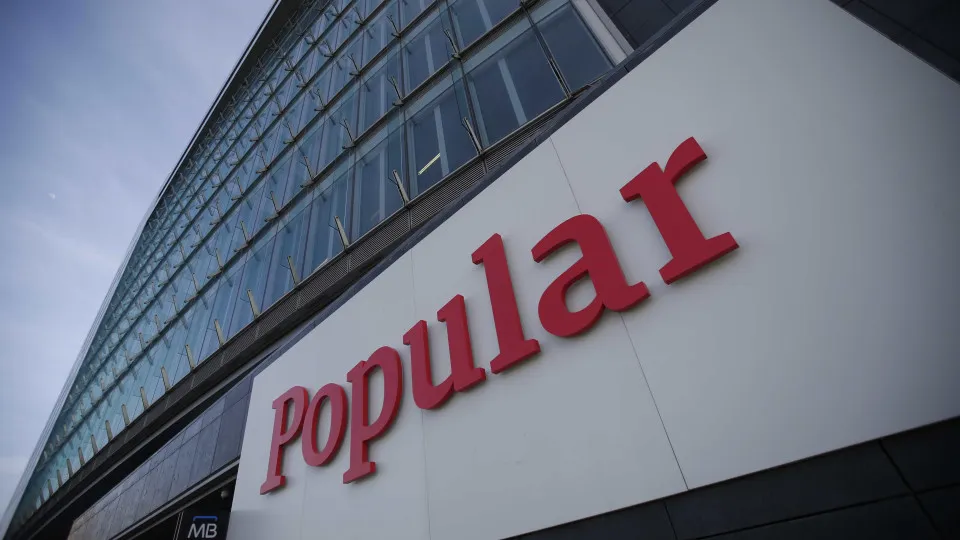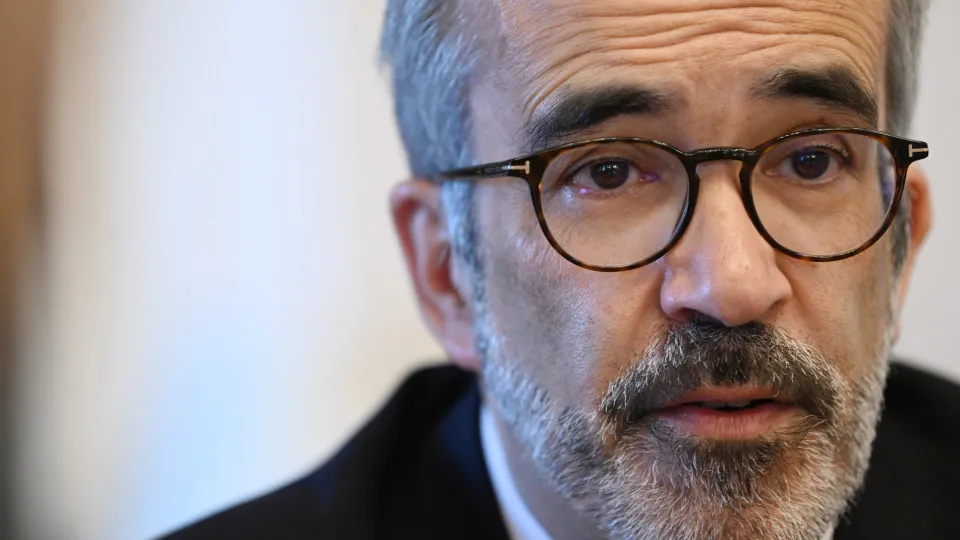
The Banco Popular and Sberbank are our most significant successes. Only two? Fortunately, major bank crises are quite rare,” stated Dominique Laboureix, president of the Single Resolution Mechanism (SRM), during a conference in Brussels marking the 10th anniversary of this mechanism created to manage the orderly resolution of distressed financial institutions.
“Beyond these noteworthy cases, there’s daily work on real-time crises that often goes unnoticed […]. Some figures illustrate the extent of this constant progress in resolution over the past 10 years, [including] over €2.6 trillion in loss absorption capacity created by banks in the Banking Union,” he added.
Dominique Laboureix also pointed out “€80 billion of the Single Resolution Fund ready to be utilized” and that “approximately 150 operational and feasible resolution plans are developed and updated annually for significant and less significant institutions.”
Established under the European Banking Union, the SRM decides how and when to intervene with a European Union (EU) bank at risk of failure, potentially applying measures such as asset sales or internal recapitalization.
This mechanism was crucial in the case of the Spanish Banco Popular, resolved in 2017—sold to Banco Santander for one euro, without resorting to public funds—and also in the resolution of Austria’s Sberbank Europe AG in 2022, ensuring depositor protection and limiting systemic impact.
“Our framework is robust, but it can be improved. Simpler rules could help,” suggested Dominique Laboureix, proposing “solid crisis management capabilities should be based on a structure that is as accessible, usable, and updated as possible.”
The SRM official noted that the European Deposit Insurance Scheme “is still missing from the original project,” referencing the third pillar of the Banking Union, designed but never implemented to protect EU citizens’ bank deposits by strengthening existing national systems with a common European fund for risk sharing.
Dominique Laboureix also called for the removal of internal barriers, arguing that “a less fragmented market is definitely the best option.”
“With a supervisor and a resolution authority—after 10 years—I don’t see many reasons to continue operating with internal barriers, yet banks and authorities still need to deal with many discretionary powers,” he criticized.
Addressing financial institutions, he emphasized the need to “anticipate new risks banks may face.”
“Now, more than ever, it’s important to remember that business models—and banks themselves—evolve. New players emerge, and with them, new risks,” he added.
The European Union Banking Union is an institutional framework created to ensure the stability and integration of the EU financial system, reducing the risk of bank crises and the need for bailouts with public money.
The SRM, which manages the resolution of troubled banks, is one of its pillars.




